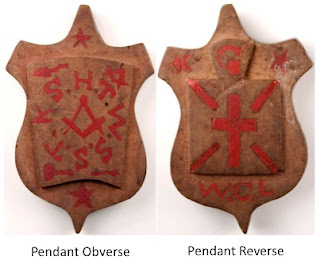The Pennsylvania Academy of Masonic Knowledge has announced the line-up of speakers for its October session. From the publicity:
Check back for topic information and biographies, coming soon!
 The next session of the Academy of Masonic Knowledge will be held October 15, 2016, in the Deike Auditorium of the Freemasons Cultural Center on the campus of the Masonic Village in Elizabethtown, Pennsylvania. Registration will open at 8:30 a.m. with the program beginning at 9:30 a.m. A lunch (requested contribution of $10) will be served at noon, and the program will be completed by 3 p.m. All Masons are welcome to attend. Dress is coat and tie.
The next session of the Academy of Masonic Knowledge will be held October 15, 2016, in the Deike Auditorium of the Freemasons Cultural Center on the campus of the Masonic Village in Elizabethtown, Pennsylvania. Registration will open at 8:30 a.m. with the program beginning at 9:30 a.m. A lunch (requested contribution of $10) will be served at noon, and the program will be completed by 3 p.m. All Masons are welcome to attend. Dress is coat and tie.Pre-registration is required.
To pre-register, please send your name, address, Lodge name and number, and telephone here.
Please recognize that a cost is incurred to the program for your registration. If you pre-register and subsequently determine that you will be unable to attend, please have the Masonic courtesy to cancel your reservation by the same method and providing the same information.
As noted above, the Academy will follow-up with the speakers’ bios and topics, but in the meantime, I can explain the little that I know.
 |
| Heather Calloway |
 |
| Chris Murphy |
 |
| John Hairston |
Let me also say it is not necessary to be a Pennsylvania Mason to attend the Academy’s sessions. Just follow the directions for registration and follow the directions on GPS, and you’ll be fine. I’ve been attending on and off for about seven years, and it’s always a great time. I don’t even mind the six-hour, 300-mile roundtrip. It’s that worthwhile.




















































































